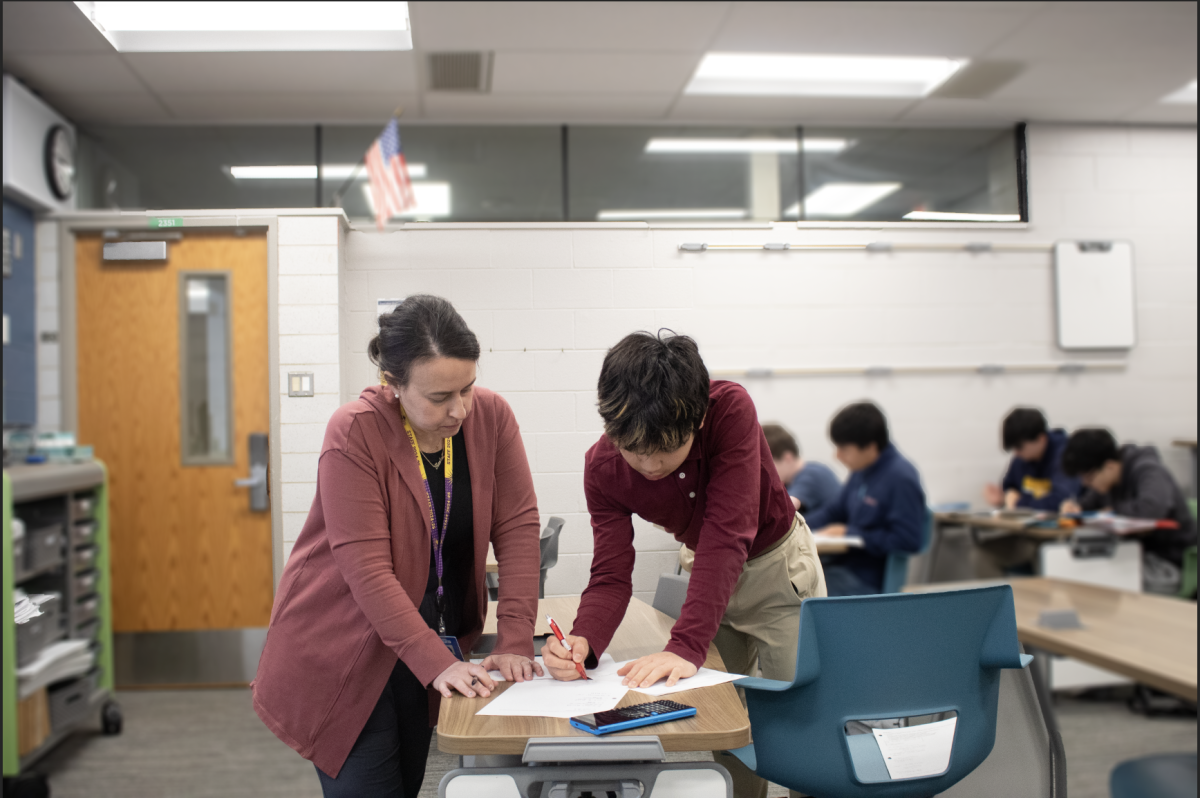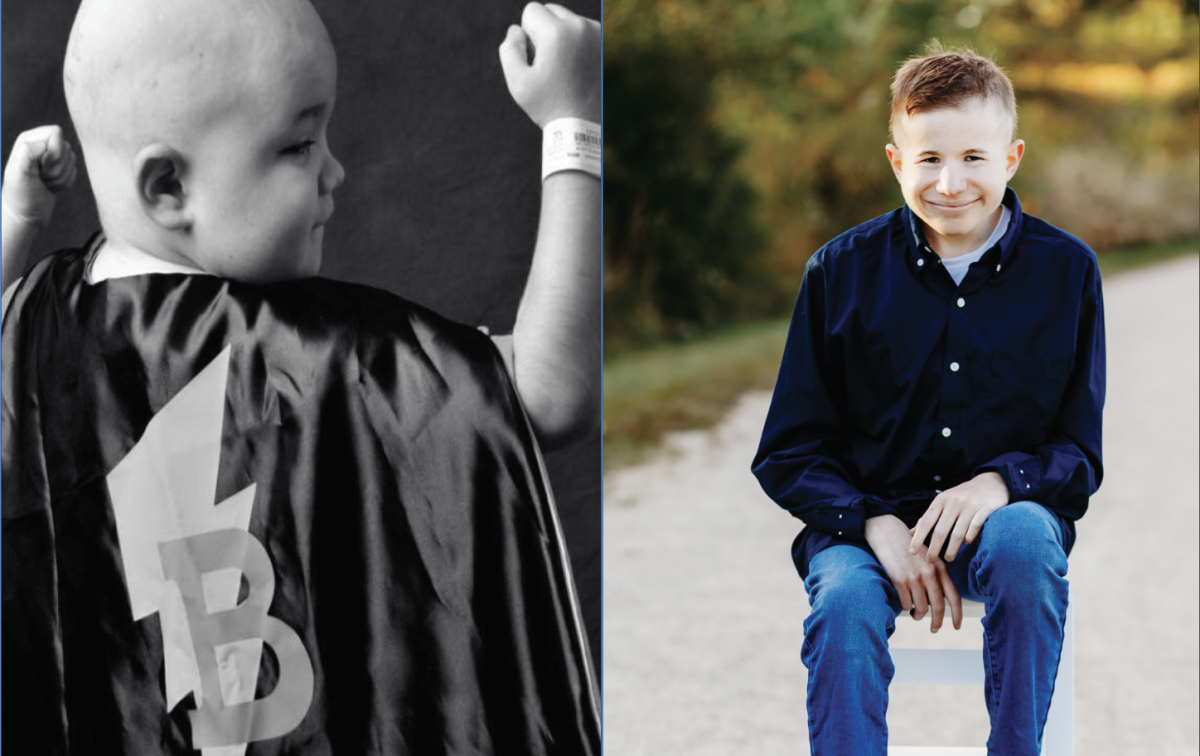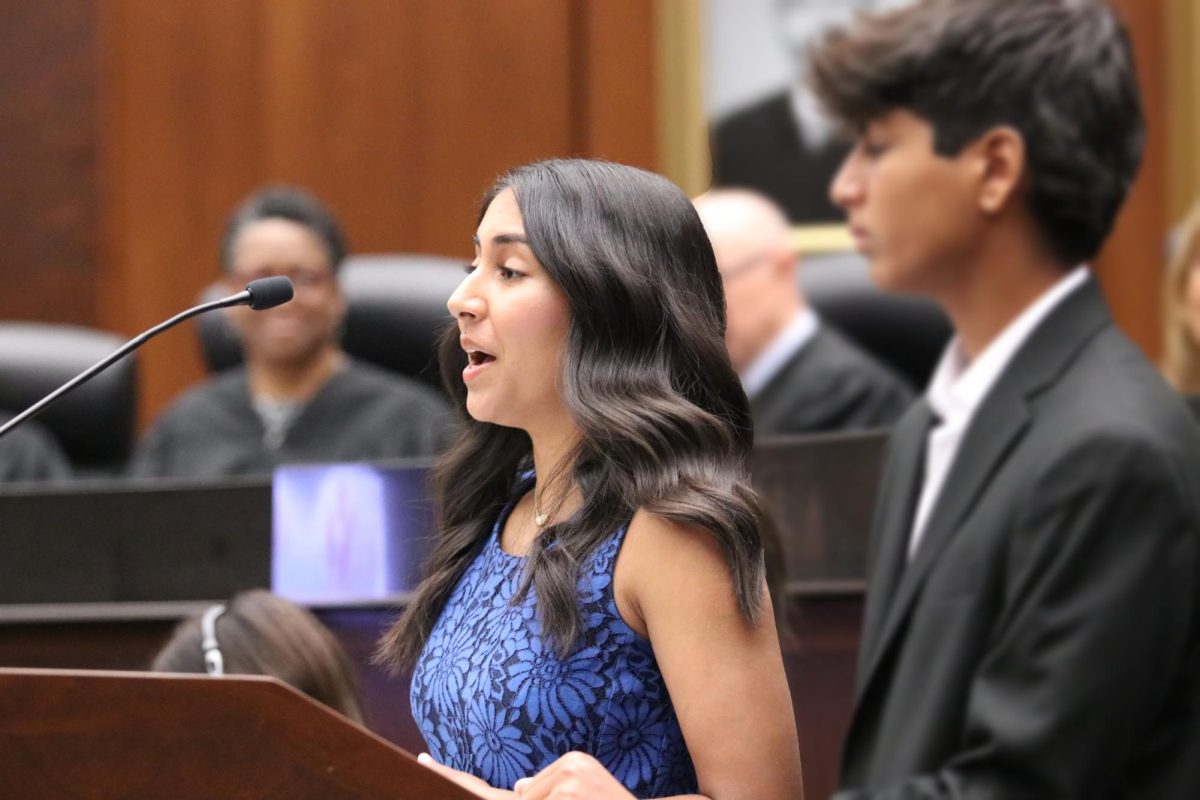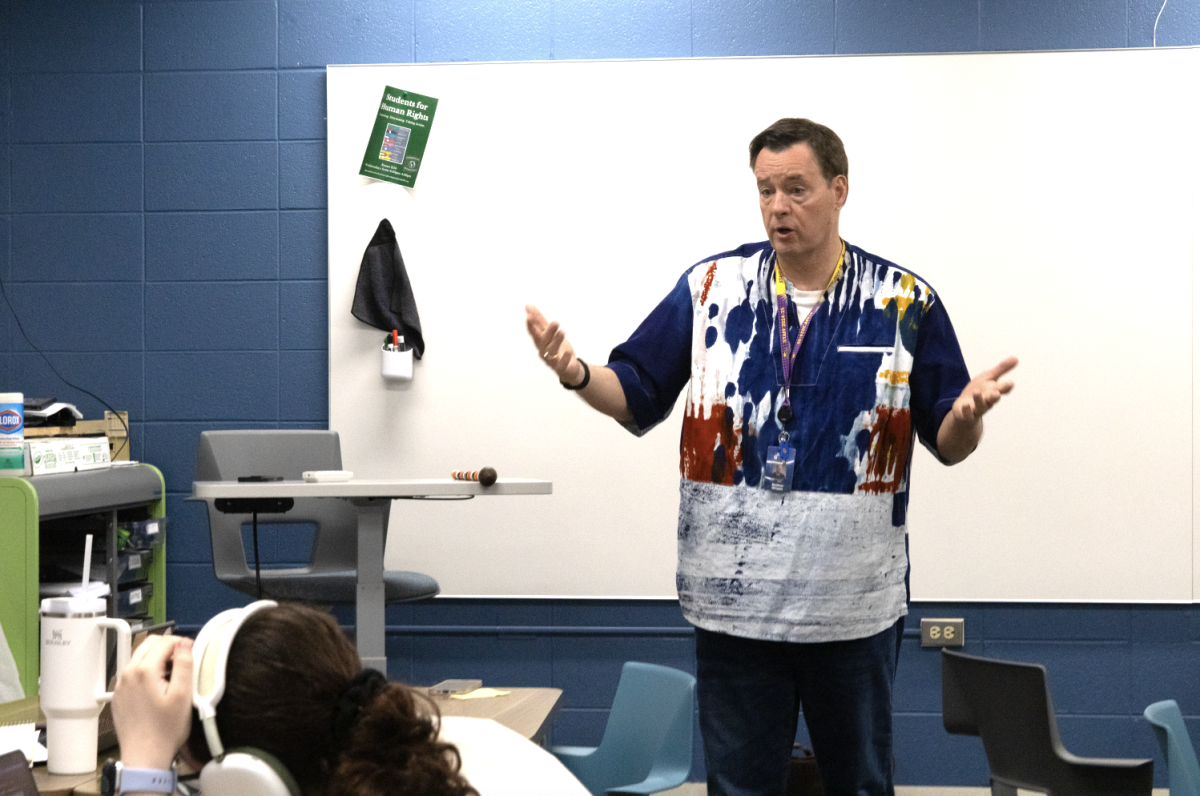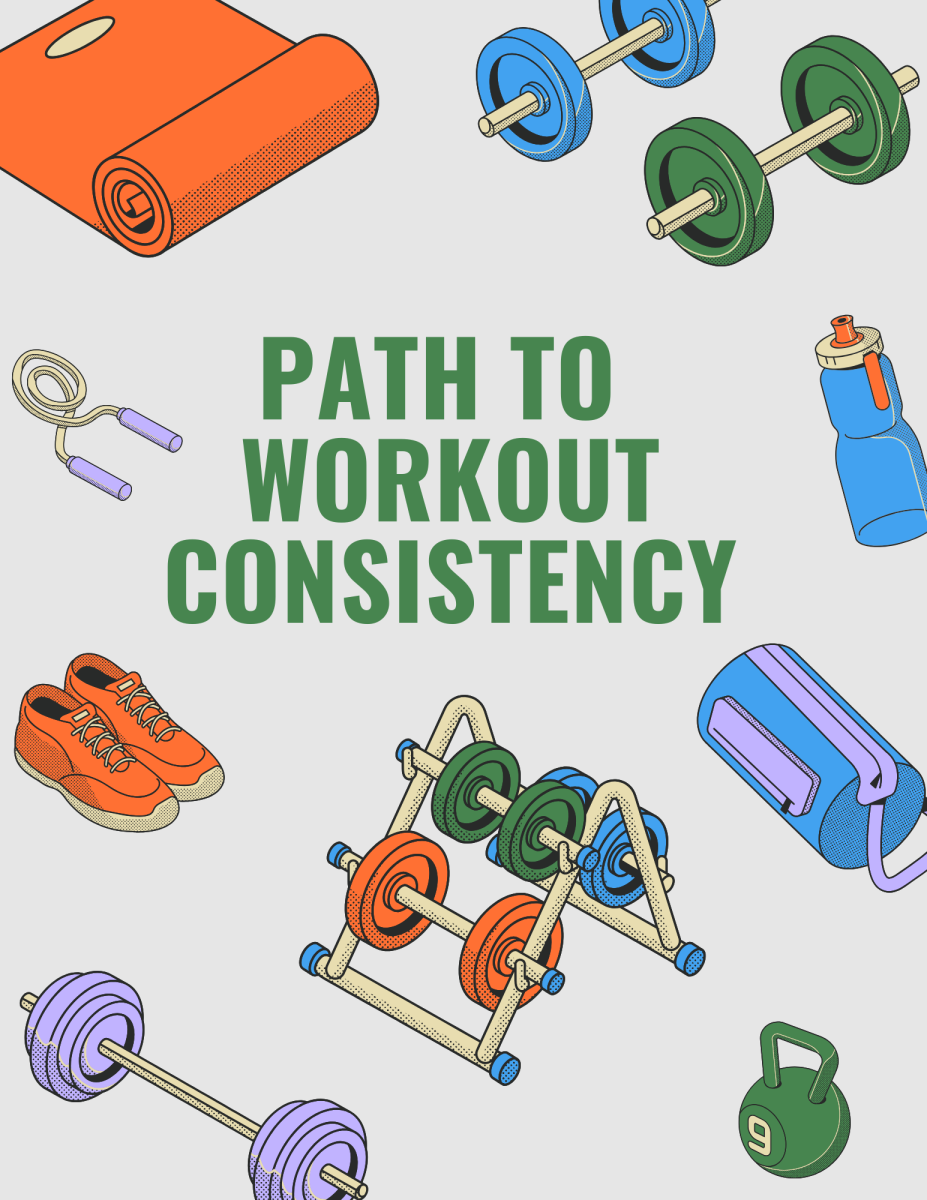Bread, pasta, cookies; all foods that are apart of many peoples diets.
But students like seniors Mara Pollard and Katherine Loiselle can’t eat foods containing gluten, wheat, rye, and barley due to a disease known as Celiacs Disease, which affects the body’s absorption of nutrients.
Loiselle doesn’t find it hard to find Celiac friendly foods.
“So many people have either Celiac disease, an allergy to wheat, or some type of intolerance to gluten that there are an incredible amount of gluten free products,” Loiselle said.
Despite the disease, Loiselle is still able to enjoy good tasting foods.
I have a lot of favorite foods, but I have to say gluten free pizza can be awesome when made the right way,” Loiselle said. “My sister also found these gluten free microwavable brownies that were insanely good.”
Good friend to Loiselle, senior Hannah Pellouchoud, who has a wheat intolerance, is able to have some of the same eating habits as Loiselle.
“Since discovering that I can’t eat wheat either, things have become really easy for the both of us, we can go to each other’s houses or out to eat because we have some of the same restrictions,” Pellouchoud said. “It’s nice because we can support and encourage each other.”
Like Loiselle, Pollard also has options for Celiac friendly foods.
According to Pollard, corn based foods like fritos and popcorn, are examples of food she can eat that she also enjoys.
Although there are a lot of food choices, Pollard finds it hard to get food from the South cafeteria.
“There isn’t much in the cafeteria that I can accommodate to except for the drinks and some chips or candies,” Pollard said. “Another issue is cross contamination and the fact that everything is pre made so changes can’t be made to accommodate people with allergies.”
Like Loiselle, Pollard has also had someone to help her through her disease.
“My mom, who also has the disease, has definitely been the biggest help,” Pollard said. “She knew exactly what foods to get for me and where to get them. What made it really hard though was finding out I had an allergy to soy also which is in a lot. But my mom was willing to go all over to find me foods I could eat that would replace what I used to eat.”
According to both Pollard and Loiselle, the process of finding out if they had CeliacsDisease was long and vigorous.
According to Loiselle she had illnesses ranging from, severe fevers, ringworm and chicken pox that would last a lot longer then they should have throughout her life.
It wasn’t until Loiselle got cellulitis in her foot that the doctors realized something was wrong.
“Normally only really old people get cellulitis without some sort of open wound so that was definitely big hint number one that something was wrong with my immune system,” Loiselle said. “They gave me the medicine that should have made me better, but instead I ended up getting worse and contracted Osteomyelitis. This is an infection in the bone.”
According to Loiselle the doctors then did a tone of test and the only test to come back positive was Celiacs Disease.
“In order to make sure it was accurate, we did this big test where they knock you out and put a tube down your throat to your small intestine,” Loiselle said. “They said my small intestine looked as smooth as glass when it should have looked like bristles with all the villi that the Gluten had killed.”
Like Loiselle, Pollard was also was very sick before she found out she had the disease.
“I was constantly at the doctor getting blood drawn and tested for all types of things,” Pollard said. “I also kept getting sick and we didn’t know why. I became anemic and was always tired, lost a significant amount of weight in a short period of time and then my mom was actually the one to suggest to get me tested for Celiacs[…]”
A lot of the illnesses that Pollard got tested for were very severe illnesses.
According to Pollard, one test was for Leukemia Cancer which made her very nervous and scared.
Unlike Loiselle and Pollard, sophomore Maggie Goranson does not have Celiacs Disease, but is very nervous about having it considering the popularity of the disease in her family.
“My doctor told me I have a 30 percent chance of getting the disease because my mom and my sister both have it,” Goranson said. “So basically I have to get tested every six months, and each time I go I’m so nervous because I really don’t want to have this disease and have to eat the type of food my mom and sister eat.”
Despite having this disease Loiselle does not feel like she’s missing out on much.
“Their is some sort of supplemental version of almost every food now in gluten free so I really don’t feel like I’m missing much besides the convenience of walking into a store and thinking, ‘I can eat everything in here!’ that doesn’t happen anymore,” Loiselle said.


